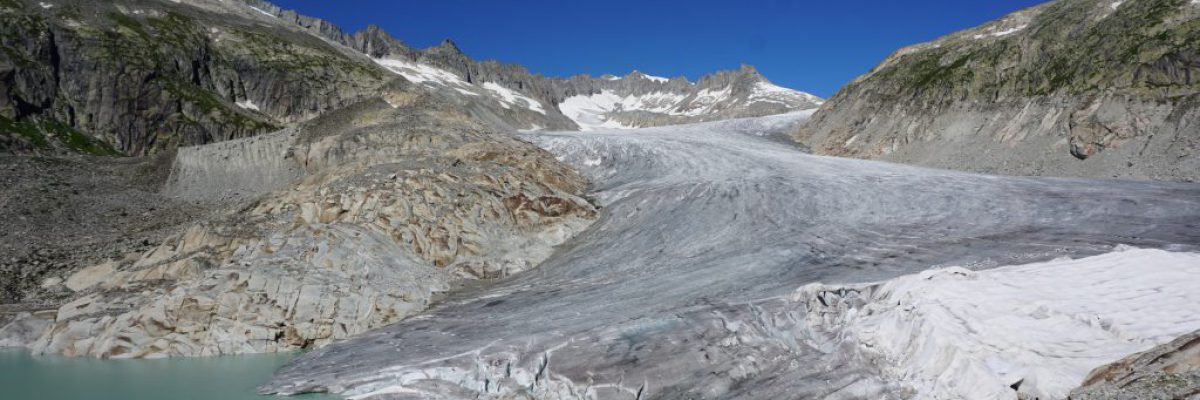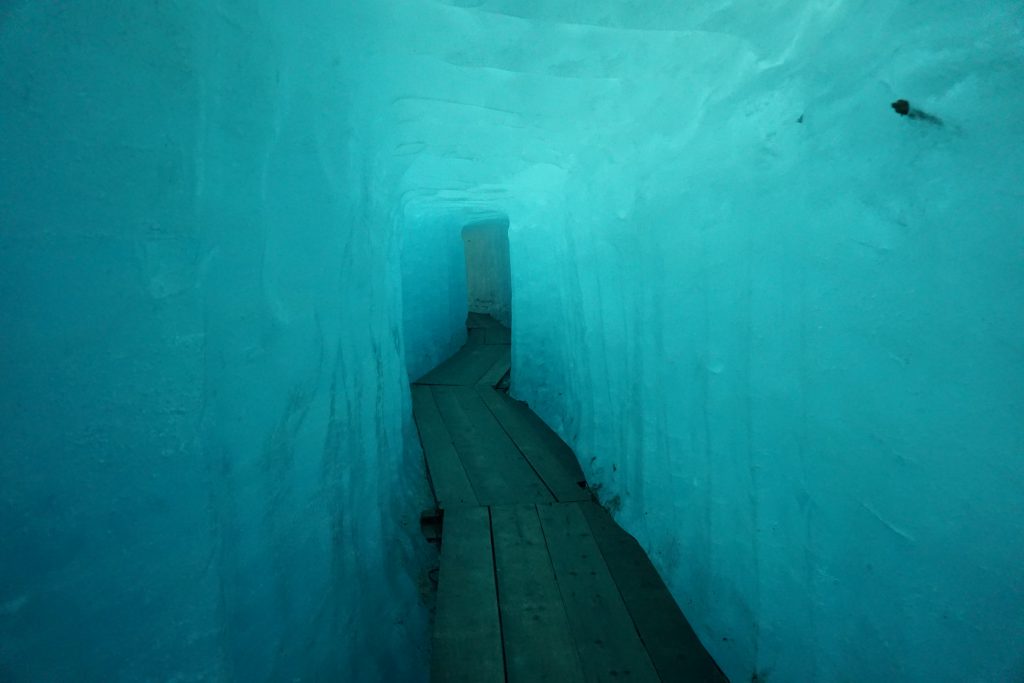A glacial valley, also known as a U-shaped valley, is a valley created due to the drift and weathering of land glaciers. The glaciers take thousands of years to form. Accumulating layers of snow can raise the glaciers at the top and slopes of the mountains by many meters. The heavy weight of the glaciers, combined with their slow-melting base (rivers can sometimes form at the glacier’s base) and the Earth’s gravitational force, causes the glaciers to slide down the mountain. The glacier acts like a giant bulldozer – pushing the crushed rocks to its base and creating mounds of weathering materials called “Moraine”. The moraines are usually exposed after the glacier melts.
The slow and steady movement of the glaciers plows a course down the mountain and creates an enormous valley in the shape of the letter U. These valleys are different from weathering valleys created by erosion and transition of water, which are usually shaped like the letter V. The V shape is formed due to the fast erosion created by the water and the strong downcutting.
Many glacial valleys were formed before and during the last ice age.
When the glacial valleys reach the sea or ocean waters, changes in sea level or glacial erosion over the beach area can cause the sea waters to penetrate deep into the valley and create a landscape configuration called Fjord. You can see many Fjords in countries like Norway, and along the Atlantic coast.
When active glacial areas are on a beach plateau, a phenomenon known as “Skerry” takes place. A maze of islands with bays, coral reefs, and glacial valleys are scattered along the coast. The bays are not as deep and steep as the Fjord.
All pics by Maor Kohn.









